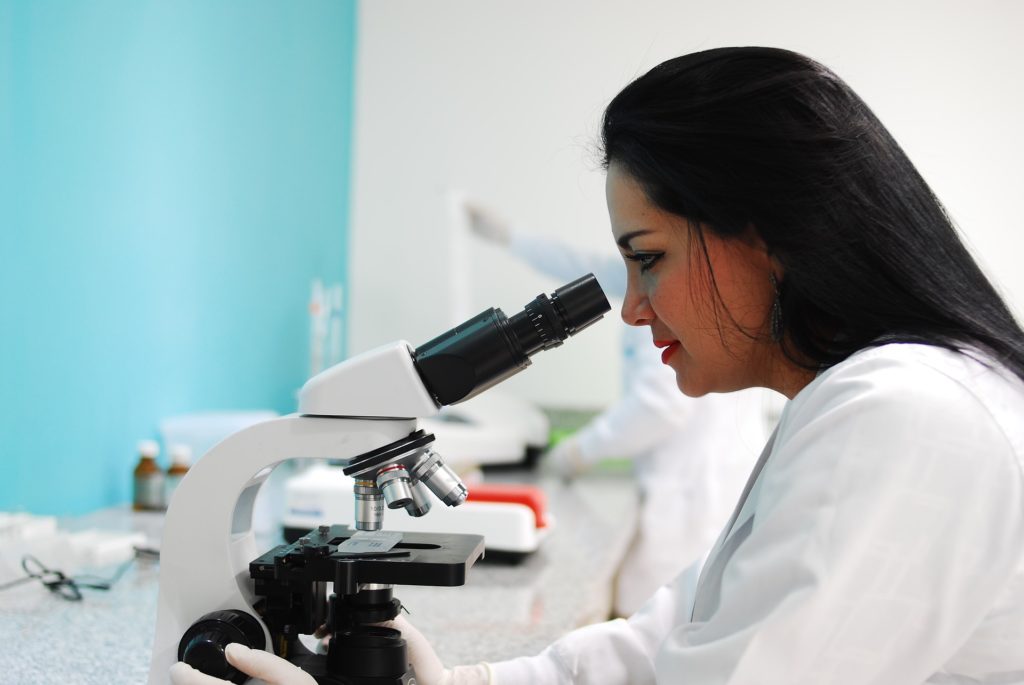
Pharmaceuticals remain one of the fastest-growing fields in research. With so much attention given to health, that branch of research alone is driving massive expansion in the number of laboratories needed to meet demand. Researchers are identifying cancer-causing genes, conducting trials on new drugs, and studying about human nutrition, along with countless other endeavors.
But it doesn’t stop there. Cosmetics are being tested more thoroughly in labs to reduce or eliminate animal testing. Better conductors are being created for faster transmission of data. New methods for purifying water are being developed. The list goes on and on.
With such variety in the areas of emphasis, the labs are as varied as the work. Your familiar high school lab of goose-necked faucets, gas valves, and Bunsen burners is outdated and inadequate. The setups being put together by firms like LOC Scientific run the gamut of function and form, all to the benefit of the work they are hosting.
If you are in the process of designing a lab, you should first know that you are fortunate to have that flexibility. Many projects are forced through labs that don’t exactly accommodate their functions correctly. Efficiency is lost and the work could even be compromised—a cardinal sin in research.
So now that you are able at least to choose how the lab is equipped if not how it’s constructed also, you should think through some strategies for design.
Don’t Reinvent The Wheel
Whatever work you are doing, there is probably somebody else doing something close to it. Utilize your professional networks to identify other facilities that are engaged in your type of research, and then visit them with a long list of questions.
Ask who designed the layout and what role the staff themselves played in planning it. Identify the unique characteristics that they incorporated that have made their work easier. And of course, ask if there is anything they wish they had done differently.
Review Regulations
There are rules of the game in every type of workplace, and a laboratory is no exception. Scientific research often involves processes and materials that are overseen by various agencies at the federal, state, local, and institutional level.
Verify that you have provided adequate protection for workers, such as eyewash stations, respiratory protection, and ventilation. Ensure that any pollutive effluent that results from the work is properly managed and cannot enter sewer systems or the environment even in the case of a malfunction. And be sure that storage of chemicals and biohazards provides correct temperatures, ventilation, humidity, security, and labeling.
Check Facility Capacities
Nobody wants to bring in a million-dollar piece of machinery only to find that the building’s electrical service is not heavy enough. In the design stages, make sure that you are reviewing all the powered equipment and each item’s electrical demands, then work with electrical engineers and physical plant personnel to ensure that those demands can be met.
The same is true of water and gas, as well as sewage. As we’ve noted earlier, not everything that’s handled in a lab can simply be run down the drain into the municipal sewage system. Work through your designer to have a plan for directing those materials to the correct destination.
Qualify Your Staff
A new lab usually means new equipment, and sometimes the old staff may be too far down the learning curve. During equipment design and selection, work with vendors to develop a plan to get everyone qualified for the safe operation, maintenance, and repair of all the new items that will be coming online.
You also need to make provisions for employee turnover. On Day One of lab operation, everybody will know how to operate everything. But what happens six months later when one technician quits, and again a year later when a researcher retires, and so on? Maintain a full reference system for all equipment and systems so that new hires can quickly get up to speed.
Building a quality lab facility requires building a quality plan for it. Your design and strategy should dovetail directly into the lab’s functions and should be developed closely with the appropriate construction, sales, design, and regulatory personnel. With that combination, the lab will be an effective instrument for developing new knowledge.